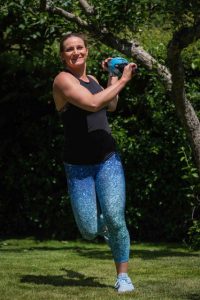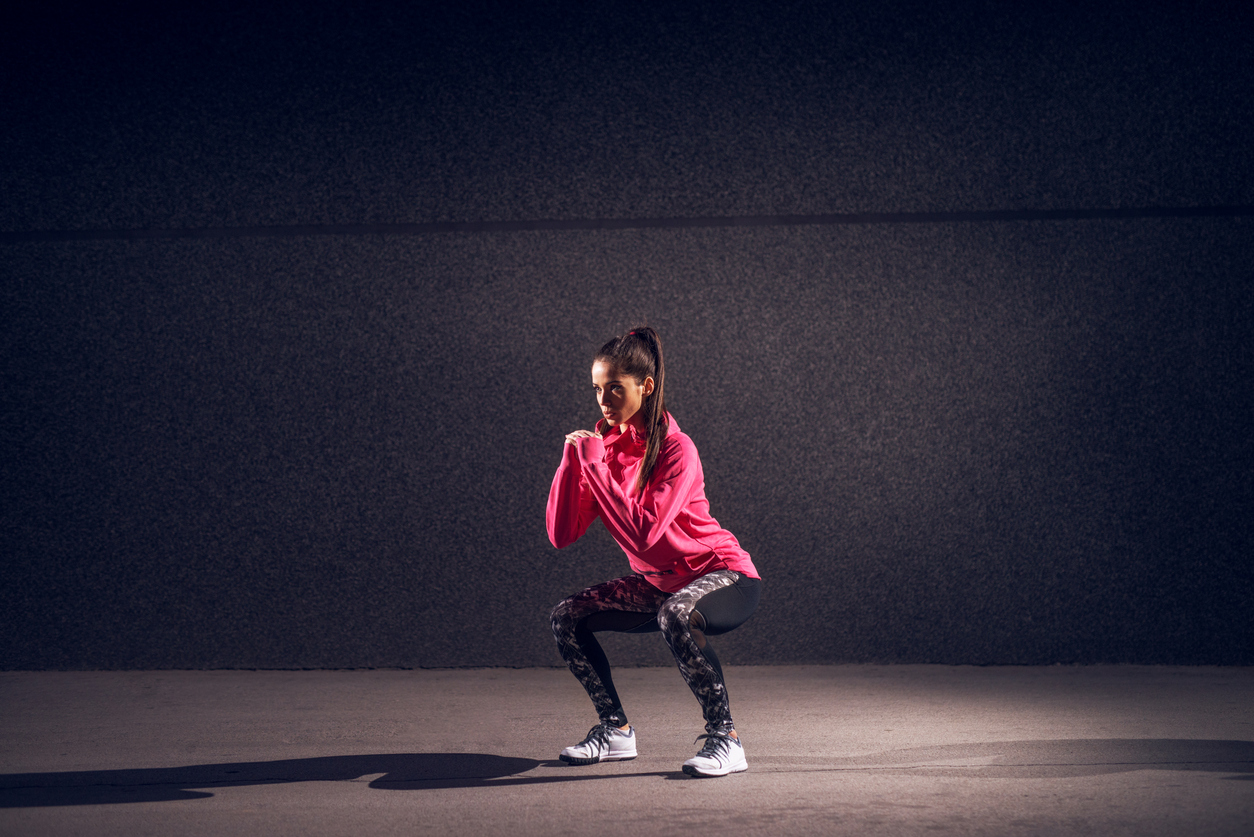Ally Taylor leads us through a squat cluster in this movement mastery session. Join Ally on a skill development journey where you will explore loads of movement variables… exciting huh?
Check out our latest video in our masterclass series.
Q: Who can use a squat cluster to improve range of motion?
A: Anyone! It’s especially great for anyone working on heavy squats with a barbell, as it allows them to create range prior to their bigger lifts and they might not need as many warm-up lifts, meaning fresher legs for the heaviest bit. I’d also use it with anyone wanting to develop mobility around their hips and ankles, for wellbeing and healthy, ageing clients who need to develop all-round good mobility, strength and movement skill, and for athletes in a sport that requires range in vertical displacement skills. A cluster like this can be useful in injury rehab or pain clients as well, as it can create volume of work for the muscles without constantly stressing the same joint angle.
Q: Where in a programme would you use it?
A: Either as part of a general warm-up, a specific warm-up prior to heavy squats/lunges or for wellness and rehab. It will make up the central part of your programme and you could build in more reps, more variables and include light equipment, such as the TRX, ViPR, dumbells or a medicine ball.
Q: I’m still worried about letting my knee drop into valgus or in front of my toes during my squat.
A: Most of the research on knee valgus contributing to injury risk is during something called dynamic knee valgus, often performed when landing hard from a jump where the knees drop in considerably and often forcibly. This will sometimes cause an injury, as the knee has gone beyond the range it is capable of – often with high velocity or force in the case of landing from jumps. We can attribute this to the skill of the athlete, fatigue management or simply bad luck. The degree of valgus in these studies is often considerable, not the subtle shifts we are doing here though.
Dynamic knee valgus is also something we commonly see in new participants whose bodies have not yet learned the motor skill of movements such as squats, lunges or jumping, so their limbs kind of flail about, like a toddler trying to walk. Once their nervous system learns how to organise itself correctly, this will often naturally correct, and sometimes using an upper-body driver such as a reach with the hand will change the direction of the torso, put the load in the hip where you want it and pull the knee back to the centre. It’s important to look at the reason the knee is dropping in, in relation to the movement skill and reaction of events happening in the whole body, and not just assume it’s the single factor of poor hip strength.
The research nods to motor control and performing the skill in the correct sequence of joint actions being a factor in valgus control, as well as individual difference in genetics affecting what our knees do. Some people naturally valgus more than others; correcting it may be a case of trying to correct the uncorrectable and unintentionally instilling fear of movement into the client. This is why understanding all the shades of grey regarding when knee valgus is bad and when it is OK is important, and we should not have black and white rules that say never let your knees drop in or go over your toes. How will you walk downstairs or get in the car ever again if that’s the case?
Several studies do show a correlation in poor mobility and/or stability of ankle and hip mechanics contributing to uncontrolled knee valgus and when this is large it can, in turn, cause pain. But, again, we are looking at large degrees of valgus and studies often done on small subsets of population, which is why they are not always great studies to trust. Thoughtful, controlled and slight knee valgus to actually increase the mobility and strength of the hips and ankle is a great way to use knee valgus safely and effectively. Although, if someone had knee pain, I would keep them out of painful ranges when doing this, so as not to provoke the pain. As a rule of thumb, if valgus is small, directed and comfortable, I allow it as I want my clients to move with confidence, without fear, so that we create strength in places they need it when they least expect it!
Want to learn more from Ally? Check out another of her blogs called… Let’s talk about hysterectomy – it has some great videos within that too.

Ally Taylor has been a personal trainer and group exercise instructor for over 21 years and runs a private studio in East Horsley, Surrey. She specialises in training the human being, not just the human body and believes we need more focus on movement for health, rather than just aesthetics. She has also worked in fitness education for over 12 years and has trained over 1000 trainee fitness instructors in that time.







